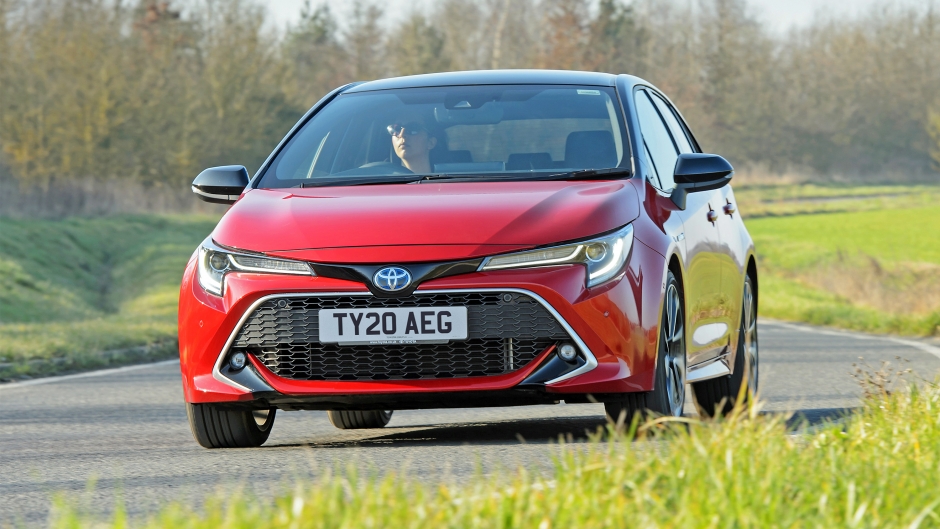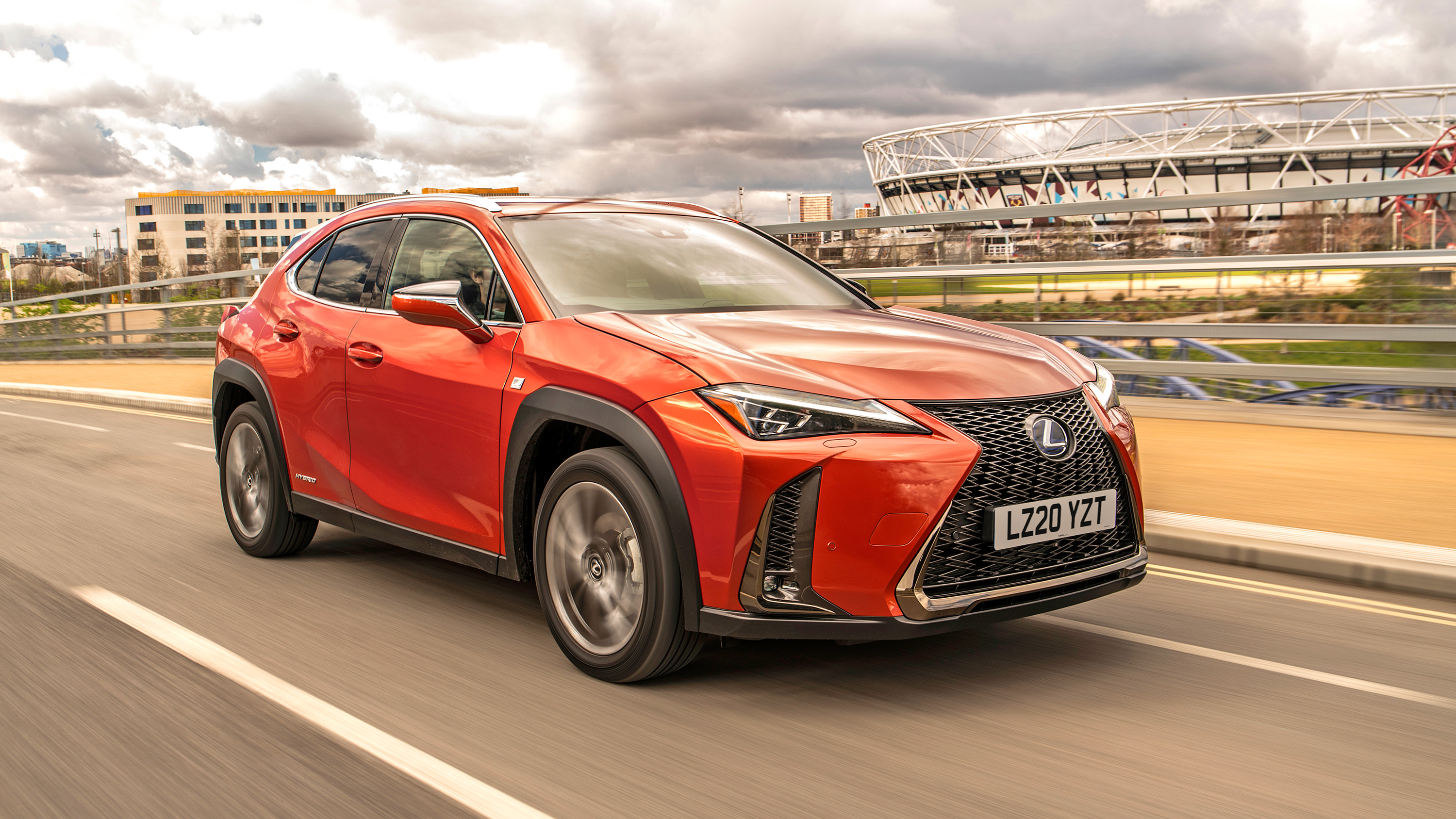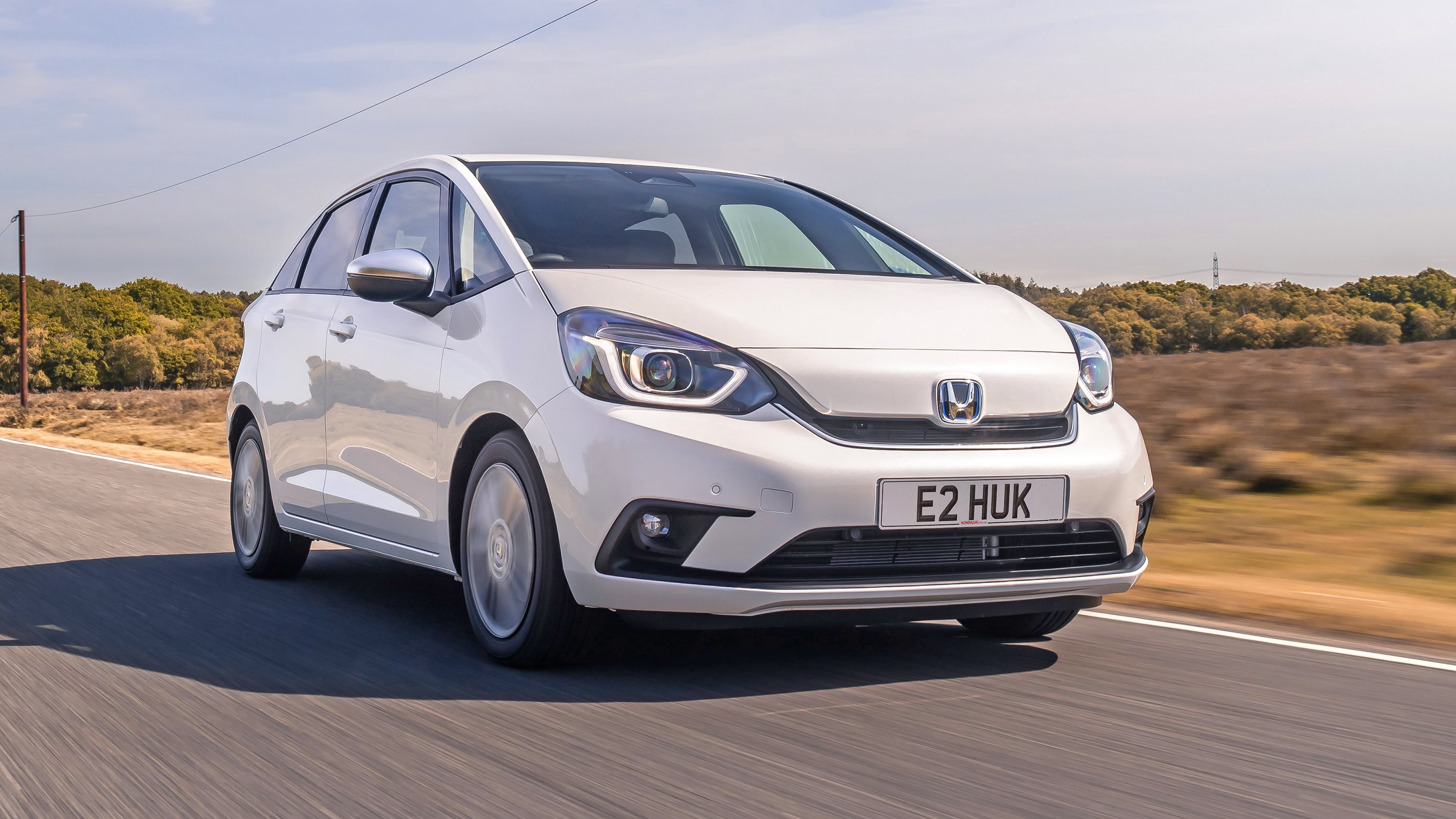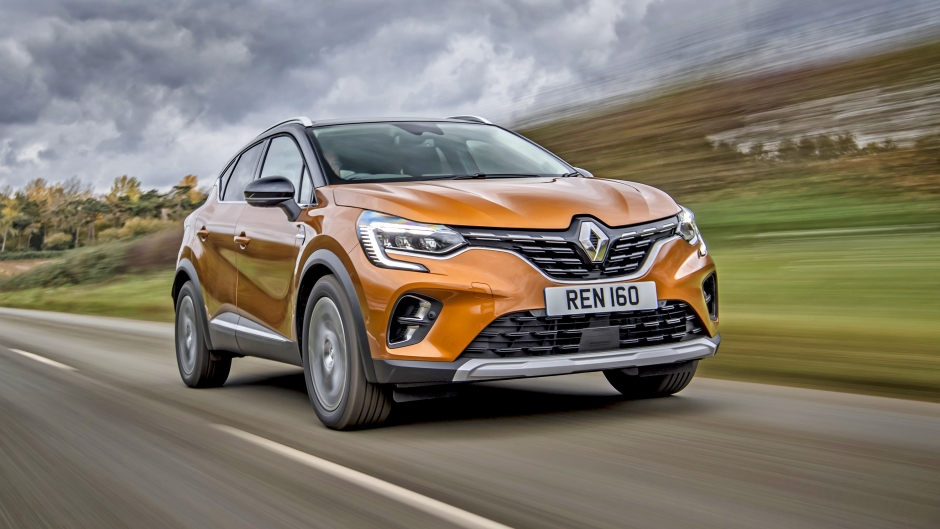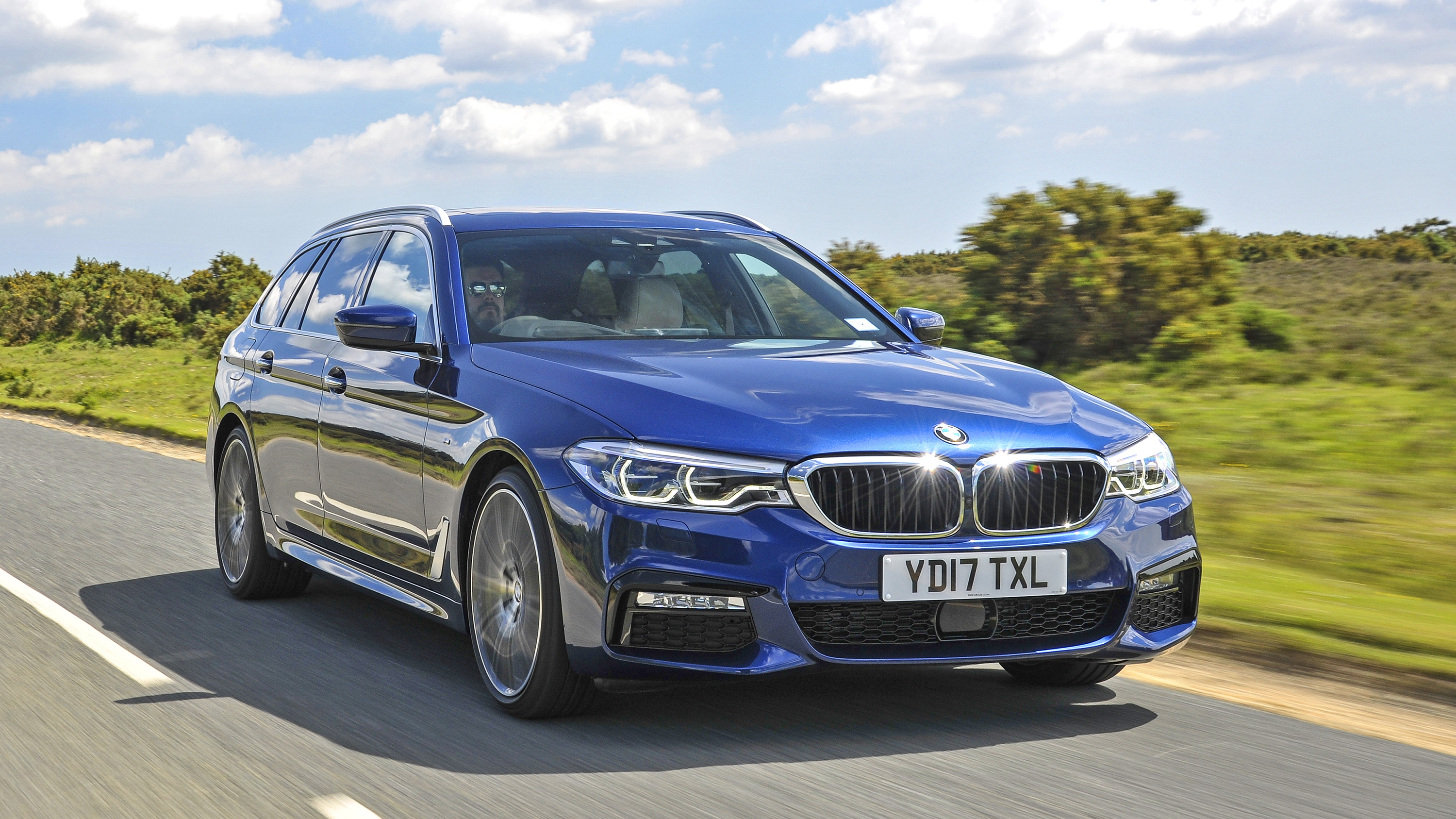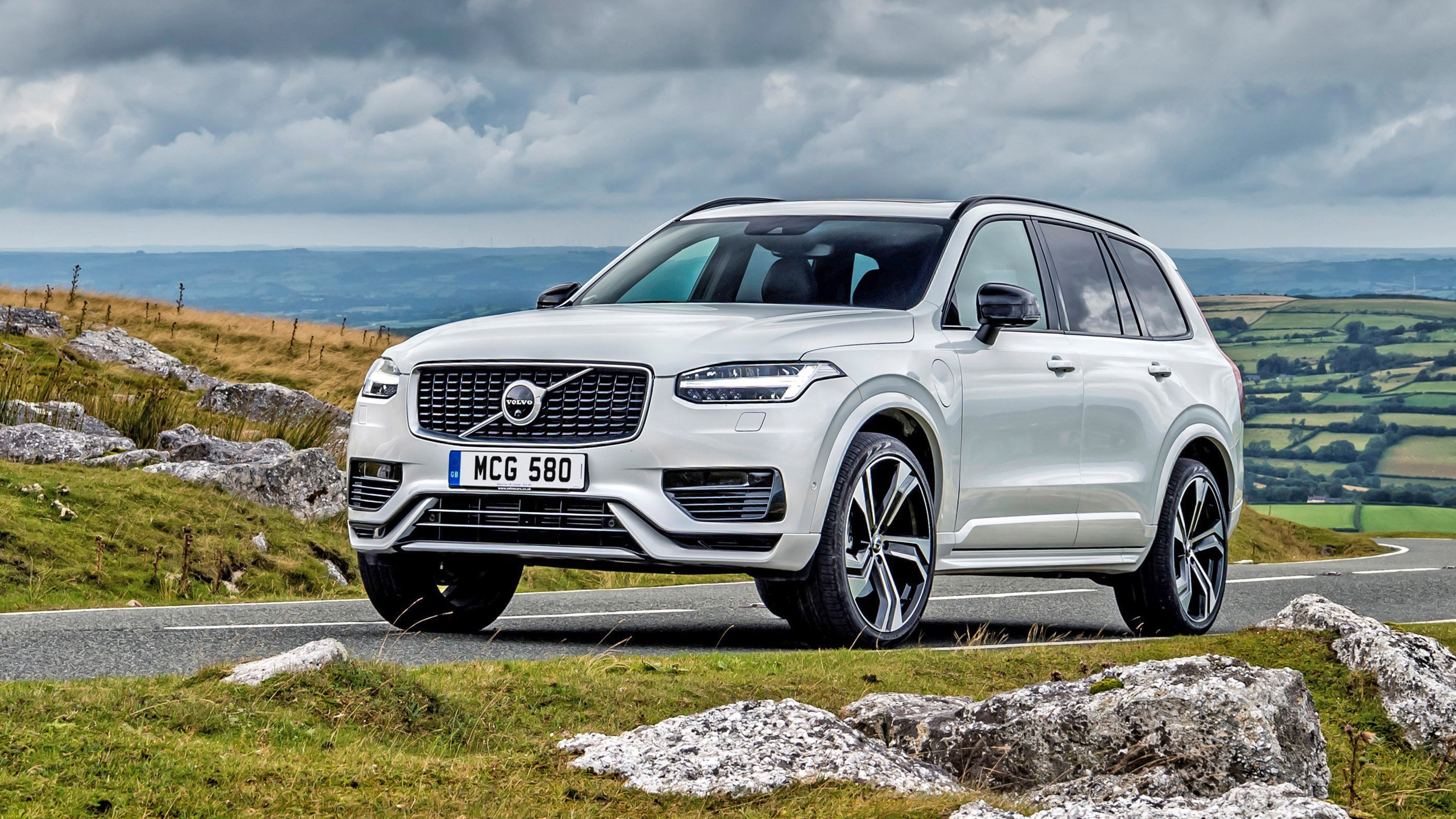What is a hybrid car?
Hybrid cars combine a battery and engine for fuel efficiency and long range. Here's the full guide
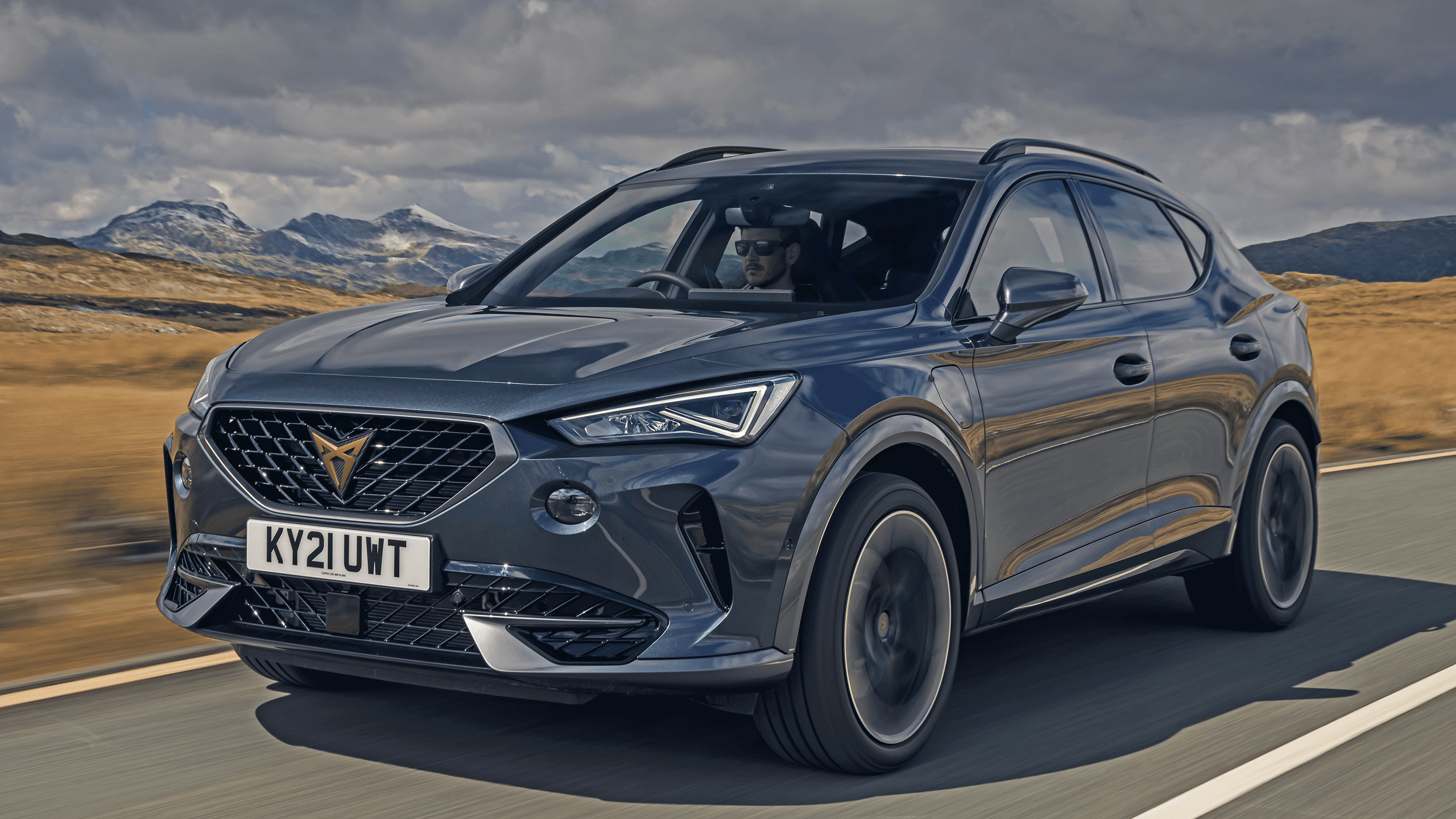
In the past few decades many innovative alternatives to the traditional combustion engine have been pioneered in the pursuit of reducing vehicle carbon emissions and addressing the looming threat of climate change. One such innovation, the hybrid engine, was once a niche novelty in the car market famously used in the trailblazing Toyota Prius at the turn of the century, appealing to early adopters of the eco-friendly lifestyle.
The technology has come a long way since then, and the green movement is now much more mainstream. Hybrids are everywhere, with most carmakers prioritising economical and environmentally friendly cars. But what exactly is a hybrid car?
Hybrid cars are intended as the perfect compromise between the long range of petrol and diesel engines and the eco-friendly nature of an electric motor. With only electric cars to be sold new by 2030, hybrids are now a sensible option during the current transitional phase while the full-EV infrastructure still needs time to develop.
A hybrid offers improved fuel efficiency from the engine which is supplemented by an electric motor that takes up some of the slack, resulting in better fuel economy and lower exhaust emissions - a benefit you will appreciate with the rise in UK fuel prices.
There are three different types of hybrid car; but what is the difference between a plug-in hybrid (PHEV), self-charging hybrid, and mild hybrid? Here’s everything you need to know.
These hybrid cars are designed to reduce the environmental impact of motoring, but their fuel consumption and exhaust emissions can vary considerably depending on how they are driven. In the case of plug-in hybrids, it's vital they are regularly charged regularly so you can make use of their battery power, otherwise, you'll be lugging around the extra weight of all the batteries without getting any of the economical gain, in which case you may actually find your fuel economy is worse than an equivalent non-hybrid model.
Then you take into account their price, hybrid cars are more expensive in comparison to petrol or diesel-powered counterparts, which tends to mean any savings you might make in fuel and road tax bills are likely to be cancelled out by the extra cost of the car. Plug-in hybrids are the most expensive, while mild hybrids cost only marginally more than a standard petrol or diesel alternative. This difference in price has lessened over time.
There is an upside though. The inclusion of electric motors can work to provide some pretty exciting acceleration. The instant power delivery of electricity is far more exciting than what you get with a normal petrol engine. Some sports car manufacturers have taken advantage of this to get truly lightning performance out of their latest models.
Hybrid cars: pros and cons
Pros
✔ Improved fuel economy
✔ Generally reliable
✔ Low emissions reduce costs
✔ Congestion charge exempt
✔ Instant acceleration
Cons
✘ They can be expensive
✘ Poor long-distance fuel economy
✘ More weight affects cornering
✘ Plugging in a PHEV can be a pain
✘ Included in 2035 petrol and diesel bans
How do hybrid cars work?
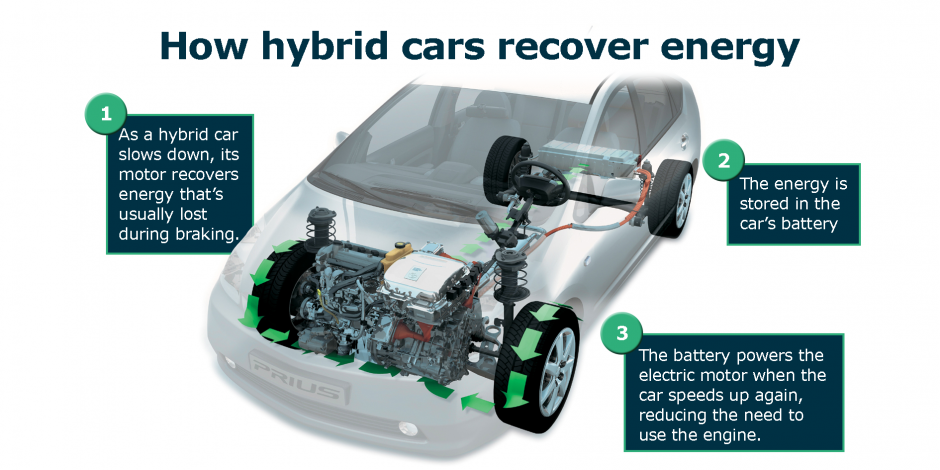
A conventional hybrid car is able to use energy that’s usually lost when the car is braking to recharge its battery. This is effectively ‘free’ energy that can be used to power an electric motor, which is used to drive the car, reducing the amount of fuel required.
Most self-charging hybrids and all plug-in hybrids can drive at low speeds for a short distance using motor power alone. When more speed is needed, or the battery runs low, the petrol or diesel engine is automatically started up, generally undetected.
But the hybrid system is at its most useful when you’re accelerating. This is when a petrol or diesel car usually uses the most fuel because you’re revving the engine harder. Hybrid cars don’t need to be revved as hard because the electric motor can operate at the same time as the engine, boosting power without using much more fuel.
The engine is usually used to keep the car at a steady speed, when it runs most efficiently. It may also charge the battery at the same time. The car's software will work out when this can be done without using much - or any - extra fuel.
Used hybrid cars
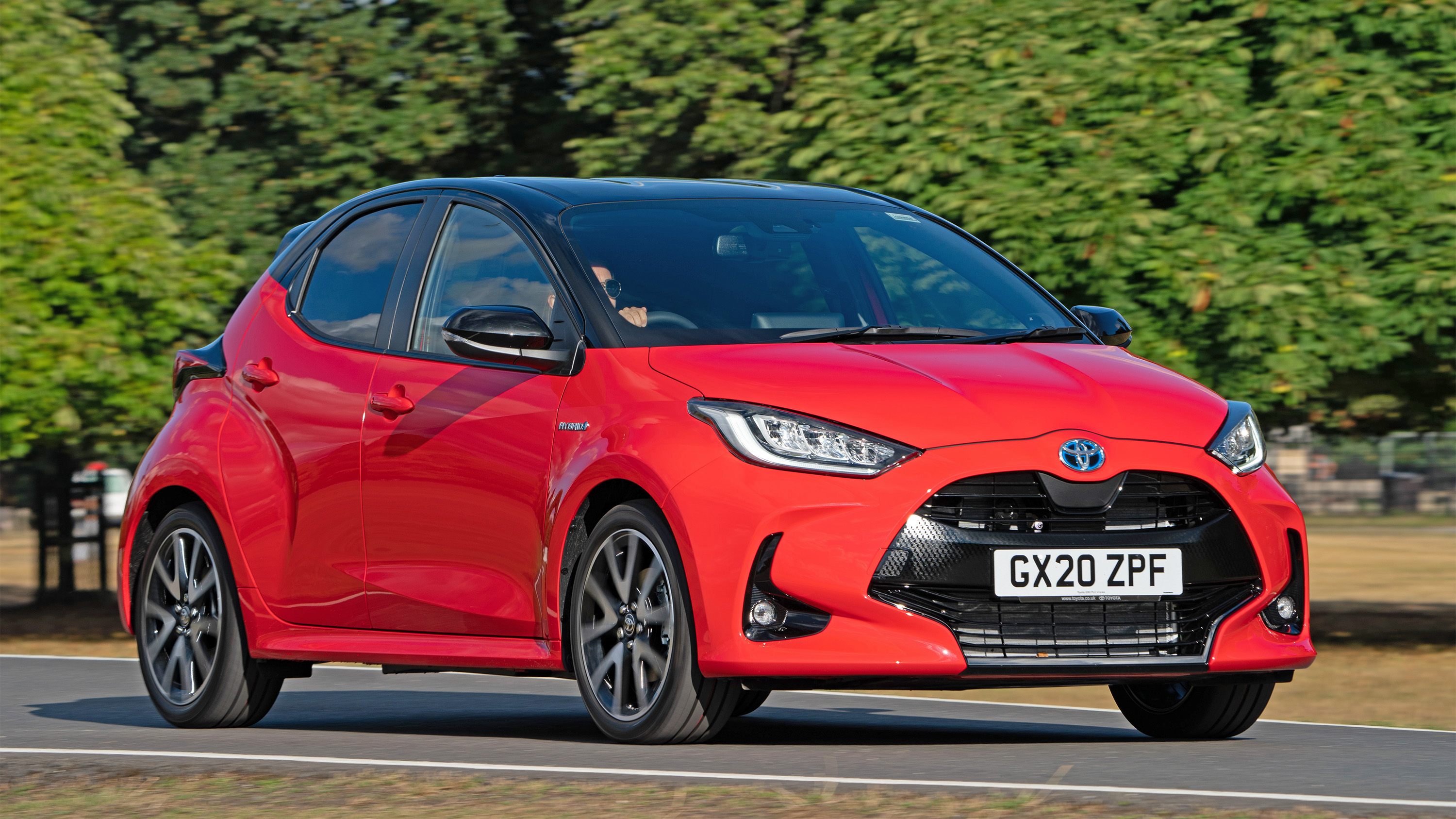
There are a huge number of cars on sale that incorporate some kind of hybrid technology, whether that's in the form of a mild hybrid, self-charging hybrid or plug-in hybrid. So the good news is there's plenty of choice if you're looking to clamp down on your carbon footprint. The hybrid car market has become so comprehensive and varied that it's likely you'll be able to find a hybrid version of your favourite car, or at least a car that's going to perfectly suit your needs.
Mild hybrid cars
Self-charging hybrid cars
Plug-in hybrid cars
Is it worth buying a hybrid?
.jpg?rmode=max&width=500)
The more frustrating and congested your drives are, the more likely a hybrid is likely to save you money. Hybrids are at home amongst congestion and traffic lights because you’re braking frequently, allowing the batteries to recharge, and accelerating regularly - which is when the electric motor is most effective. It’s no accident that urban taxi drivers favour the Toyota Prius.
Most hybrids also have petrol engines, which should mean that they avoid any future diesel taxes that are introduced in an attempt to improve air quality. Some manufacturers prefer diesel, though, for its superior pulling power and improved efficiency over longer distances, such as Mercedes with the GLC 300de which is a plug-in diesel hybrid.
Hybrid cars have low carbon dioxide emission ratings but they can’t match those of plug-in hybrids. Because of the way that official tests are conducted, plug-in hybrid cars are ranked as extremely efficient, which often places them in the very lowest company car tax band - offering considerable savings for business users.
They can be frugal on fuel in the real world too. If you usually drive less than 15 miles a day - and can charge up your car at either end - then your plug-in hybrid is likely to use little or no fuel.
But the longer your drive, the closer your fuel economy will be to a non-hybrid car. In many cases, it can be worse, particularly with large petrol SUVs such as the Volvo XC90 T8. When the battery is out of power, its engine is less efficient than the diesel option.
What are the downsides of a hybrid?
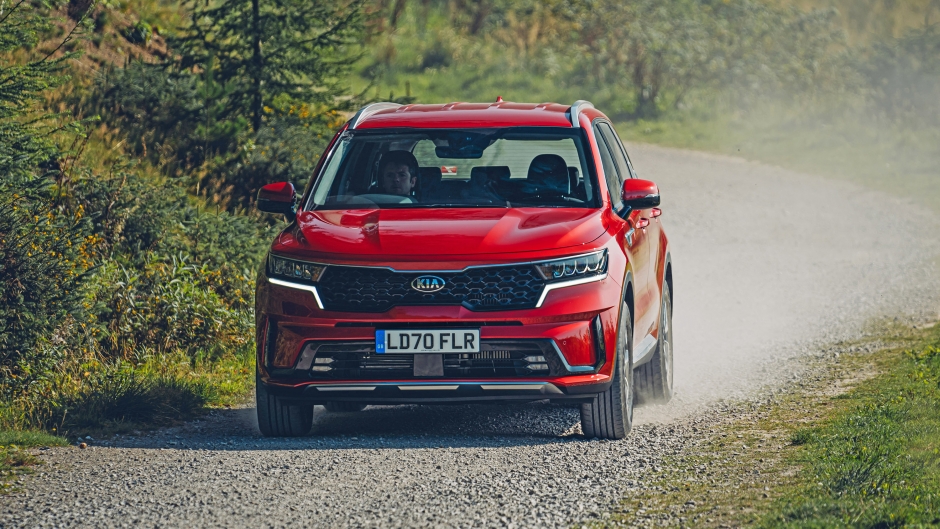
Hybrid cars - particularly plug-in versions - are usually more expensive than non-hybrids. Fuel savings and lower taxes can more than repay the difference, but only if you’re driving far enough in the right conditions.
Weight is also an issue. The batteries and motor used in hybrids add noticeably to the weight, especially for plug-in cars with much bigger batteries. It can mean that they are less efficient than non-hybrids on longer journeys at steady speeds, because they are dragging more weight around but not benefitting from hybrid efficiency because there’s little braking involved.
Although there is more to go wrong - and questions about the reliability of hybrid batteries, which are recharging and discharging several times per journey - hybrids are seen as fairly reliable.
The most popular hybrid, the Toyota Prius was ranked the 16th most reliable car out of 150 in the latest Auto Express Driver Power customer satisfaction survey. It comes with a five-year warranty, limited to the first 100,000 miles, which is longer than average.
Hybrid drive modes
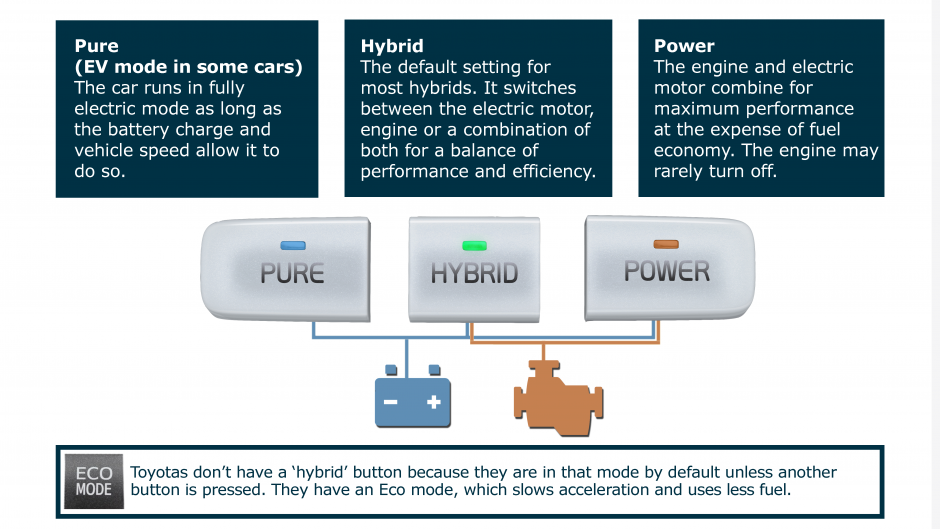
You'll usually be offered the choice of driving modes in a hybrid car, which help you to boost efficiency or power. The default is usually known as 'hybrid mode'. On many hybrids, there's no button for this: it's the default mode that that car is on when it starts up.
EV (electric vehicle) or Pure mode will force the car to drive on electric power alone. You might want to drive quietly and without emissions in town - or perhaps you want to drive away early in the morning without waking your neighbours up. This mode is most useful in plug-in hybrid cars, as it can be used for several miles and at fairly high speeds. In a standard hybrid, which can't be plugged in, the car's engine will start automatically if the battery runs low - which doesn't take long - or if you drive much faster than 30mph. In some cases, that speed threshold is even lower.
Power mode focuses less on efficiency and more on providing maximum performance when you press the accelerator. The engine and electric motor work together to give the car as much power as possible, and the engine will rarely turn off.
Some hybrids, including Toyotas, have an Eco mode, which restricts performance to boost fuel economy. The car will be slow to accelerate, as the engine is kept at low revs to be as efficient as possible.
How are hybrid cars affected by the new car tax rules?
All hybrids sold after 1 April 2017 will pay the same rate of tax as every other car, except electric models. Along with other efficient models, hybrid cars suffer from some of the most severe car tax increases.

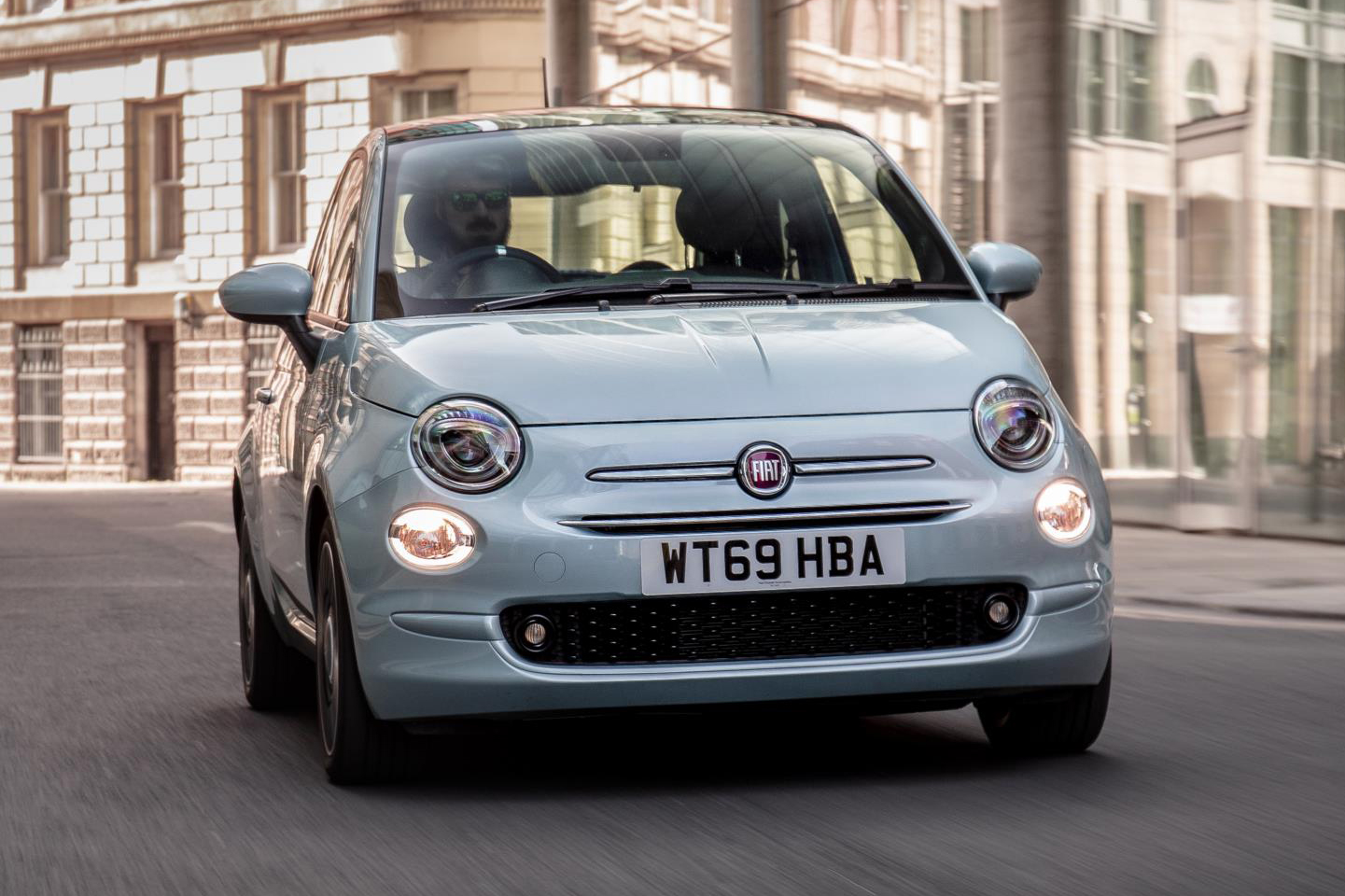
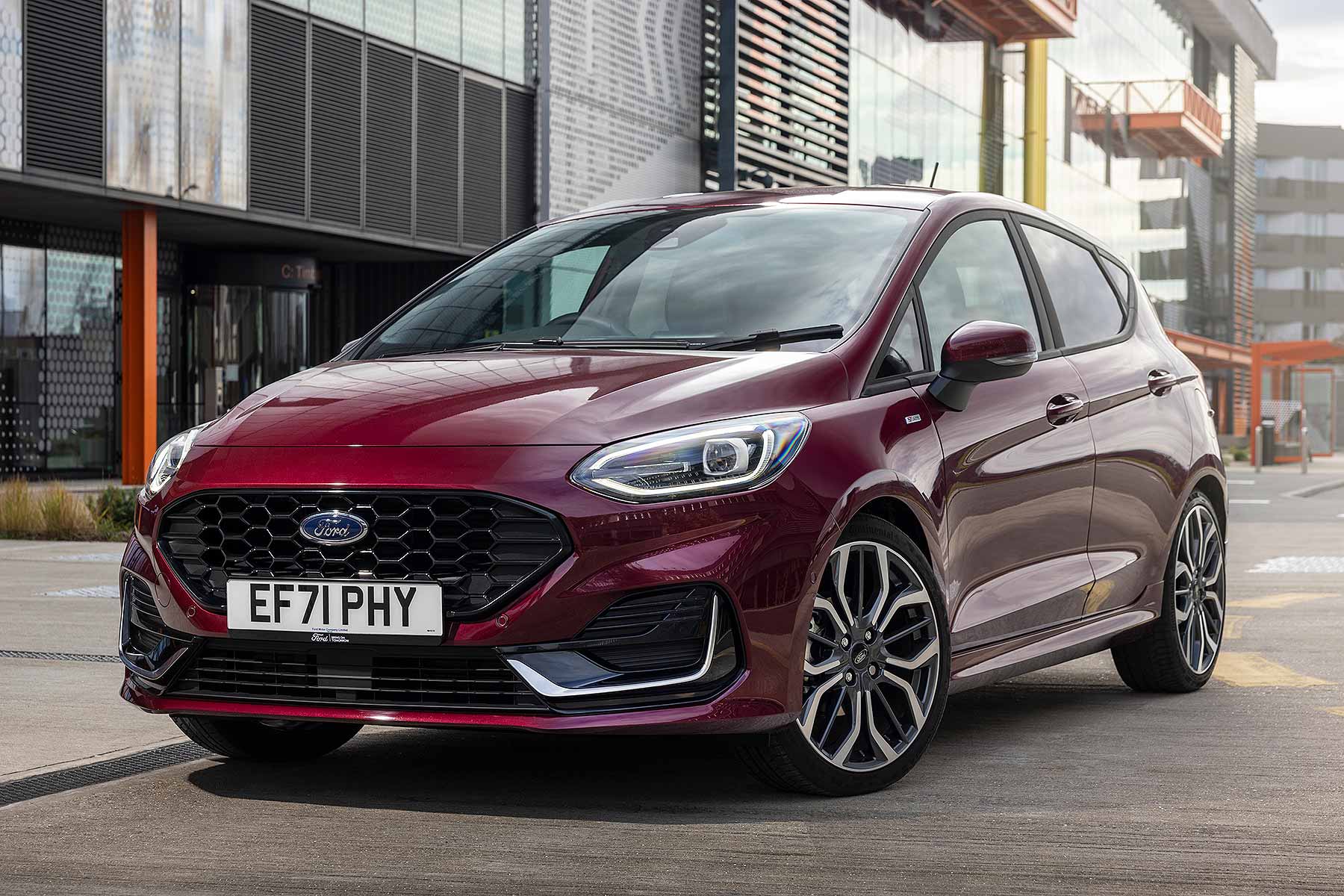
.jpg?rmode=max&width=500)
